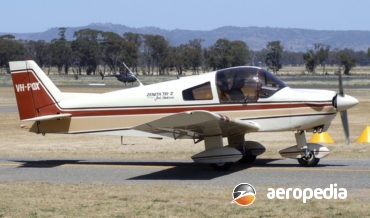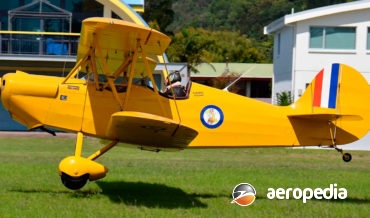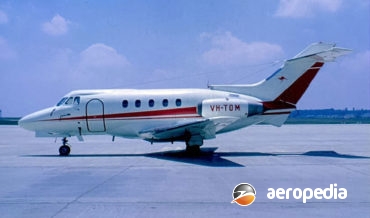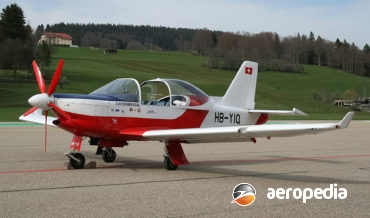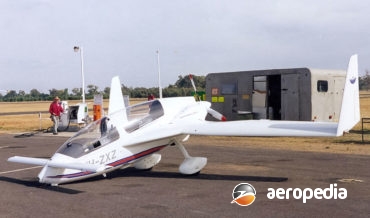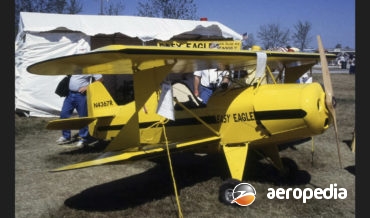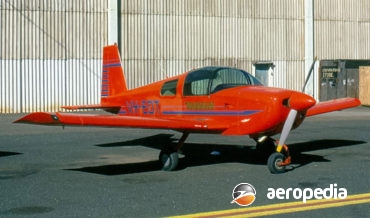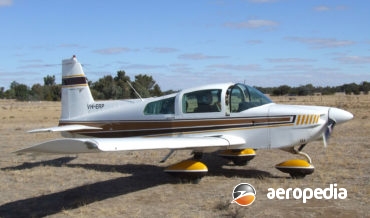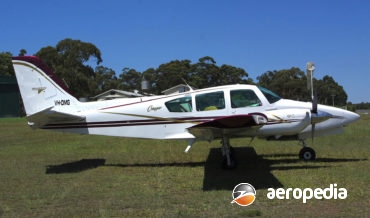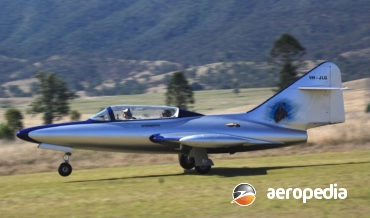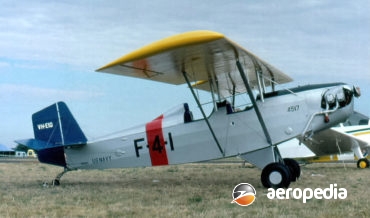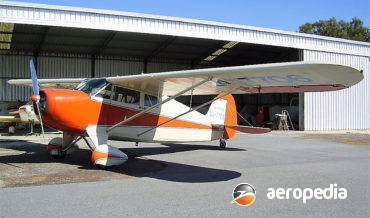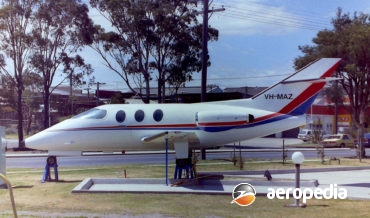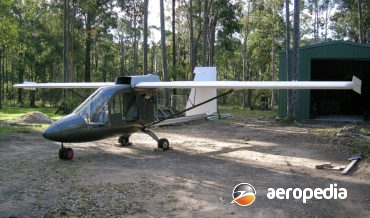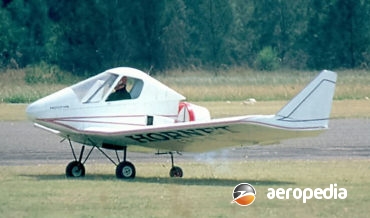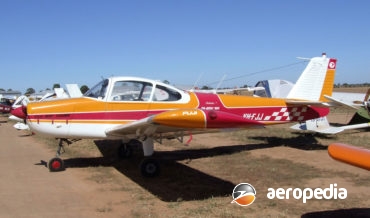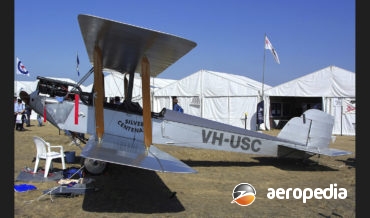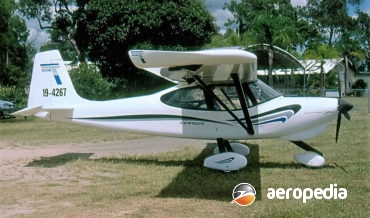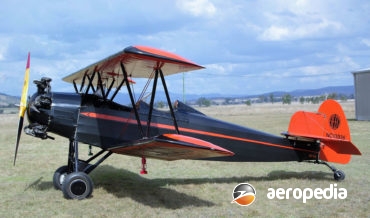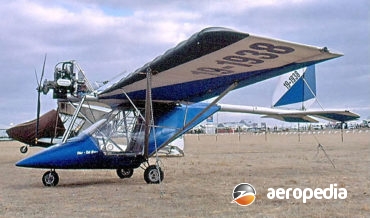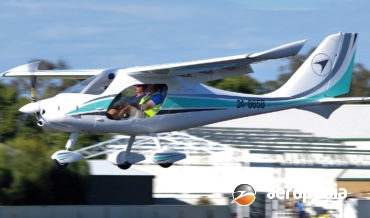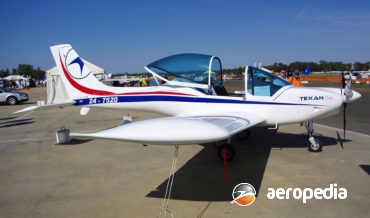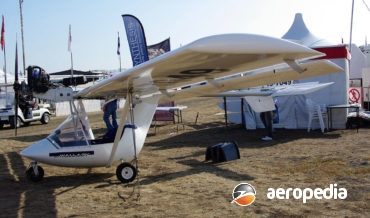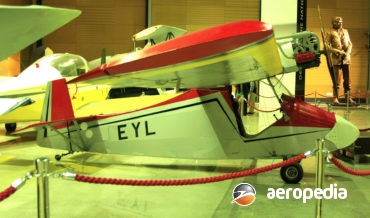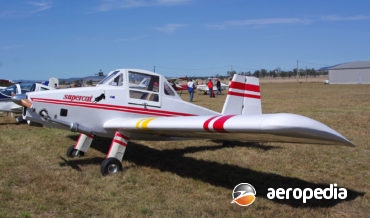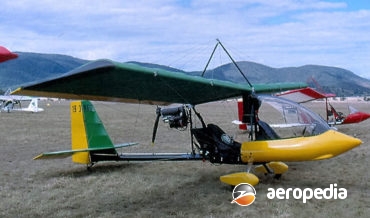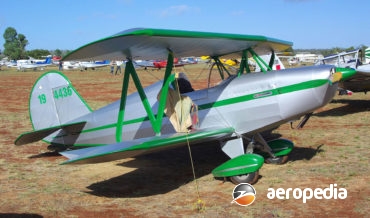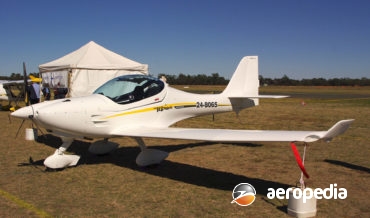All Contents
Contents
Whilst working in France with Avions Pierre Robin, Mr M Heintz, a professional aeronautical engineer, participated in the design of several light aircraft.
David C. Eyre
- May 8, 2019
The Courier utility aircraft was built for the Helio Aircraft Corp at the Pittsburg, Kansas, facility of Mid-States Manufacturing Corp.
David C. Eyre
- May 8, 2019
Developed by Martin Hollmann of Orlando, Florida, a senior design engineer in the aerospace industry, the HA-2M Sportster [also known as the Hollmann Sportster] was claimed to be the first two-seat gyroplane designed for the homebuilder who has access to a minimum of power tools.
David C. Eyre
- May 8, 2019
The CB-1 is a two-seat light aerobatic biplane produced in kit form for the American Hatz Association of Gurnea, Illinois.
David C. Eyre
- May 8, 2019
Known for a short time as the ‘Jet Dragon’, the DH-125 later became known as the HS-125 when the merger of several British aircraft companies occurred.
David C. Eyre
- May 8, 2019
The Tomtit was designed to replace the Avro 504N as a training aircraft, and was built with an all-metal airframe.
David C. Eyre
- May 8, 2019
The Alpha is one of series of light aircraft produced by HB-Flugtechnik in Austria, the others designs including the Amigo, Cubby, the Dandy, and a two-seat mid-wing high-performance aircraft known as the Tornado which has a pusher engine driving a five-blade propeller and is fitted with a retractable undercarriage.
David C. Eyre
- May 8, 2019
In the 1950s the US Navy was seeking a cheap, simple single-seat helicopter for the reconnaissance and assault role, and the Gyrodyne Company of America in St James on Long Island, New York, produced a series of helicopters known as the XRON Rotorcycle between 1954 and 1956.
David C. Eyre
- May 8, 2019
The Speed Canard was designed and developed by Gyroflug-FFT MbH at Menges on the River Danube and placed in small-scale production.
David C. Eyre
- May 8, 2019
Introduced to the market in 1998, the Easy Eagle light biplane was designed by Ronald Grosso, who initially supplied plans to interested builders, eventually the rights being obtained to supply plans by Cottage Grove of Wisconsin and in recent times it is marketed by Great Plains Aircraft Supply Co.
David C. Eyre
- May 8, 2019
This series of aircraft originated from a design by James Bede, the well known American designer of aircraft for amateur constructors.
David C. Eyre
- May 8, 2019
Designed to supplement the two-seat AA-1 Yankee series of aircraft, the AA-5 Traveler series was a four-seat variant which, although similar in appearance to the earlier models, had been extensively re-designed structurally to take the extra load of two more passengers, and the more powerful 112-kw (150-hp) engine.
David C. Eyre
- May 8, 2019
The Cougar was an intermediate design between the high-performance, singleengine, light aircraft and the then current light twins. Designed and developed by the Grumman American Company, production was carried out by Gulfstream America, the prototype was flown for the first time on 20 December 1974, and the first production aircraft
David C. Eyre
- May 8, 2019
The Cabri is a small, two-seat light helicopter, the production prototype of which (F-WYHG) was flown in March 2005, certification in Europe being obtained in December 2007.
David C. Eyre
- May 8, 2019
The Panther is a two-seat experimental jet project that was constructed and developed in Queensland by John Gross.
David C. Eyre
- May 8, 2019
In 1959 a prize was announced by Henry Kremer, a British Industrialist, for the first group to build and fly a human-powered aircraft over a figure-of-eight course covering a total of 1.6 kms (one mile)
David C. Eyre
- May 8, 2019
This was a small single-seat single-engine light aircraft which was originally designed and partially built by LJR Jones for entry in the 1924 Lightplane Competition held at Richmond aerodrome, west of Sydney (later RAAF Richmond).
David C. Eyre
- May 8, 2019
The Great Lakes Aircraft Corp was formed in 1928 in Cleveland, Ohio, to produce sporting aircraft for the US market, and introduced the 2-T-1 in 1929.
David C. Eyre
- May 8, 2019
The GN-1 Aircamper is a modernised variant of the Pietenpol Aircamper.
David C. Eyre
- May 8, 2019
The Funk Aircraft Company was formed in 1941 by twin brothers, Joe and Howard Funk, in association with William and K Ray Jenson, taking over the assets of Akron Aircraft Incorporated which was set up at Akron in Ohio for the Funk brothers by local business men in 1937
David C. Eyre
- May 8, 2019
The Foxjet was developed in the 1970s by Foxjet International as a small business jet half the size of a Learjet, able to operate from grass-strips, and with low operating costs
David C. Eyre
- May 8, 2019
The RJF-2 is a light high-wing sporting monoplane with a pusher engine designed and built by Mr Robert Francis
David C. Eyre
- May 8, 2019
The Hornet S-10 was a tail-less flying-wing of composite construction designed and developed by Mr David Betteridge of Free Flight Gliders of Adelaide, SA, this Company planning to start production of the Hornet as the Model 130S, describing the aircraft as a flying-wing minimum aircraft
David C. Eyre
- May 8, 2019
Flown for the first time on 12 August 1965, the first production Aero Subaru followed three years later on 4 December 1968
David C. Eyre
- May 8, 2019
In the summer of 1928 Mr Selby Ford, who operated a powerhouse at Beverley, WA, marked out in chalk on the floor of the building the full-size plans of an aircraft he proposed to build
David C. Eyre
- May 8, 2019
The Terrier 100 is a composite construction two-seat light aircraft designed and built by Foxcon Aviation of Seaforth, near Mackay, QLD, the prototype (19-3127) flying for the first time in the late 1990s
David C. Eyre
- May 8, 2019
The Fleet trainer series, which received its name from Major Reuben H Fleet, evolved from the Consolidated Model 14 Husky Junior which was fitted with an 82-kw (110-hp) Warner Scarab engine
David C. Eyre
- May 8, 2019
The CT2K, initially known as the Pegasus CT2K, is one of a new breed of light aircraft being developed around the world to meet new regulations for light aircraft which may be operated under ultra-light/microlight rules or can comply with normal registration requirements
David C. Eyre
- May 8, 2019
The Flightstar series of light aircraft is produced in kit form at Ellington, Connecticut, by Flightstar Inc but hen first introduced to the market in the early 1980s was known as the Pioneer Flightstar
David C. Eyre
- May 8, 2019
The Storch is one of a new breed of ultra-light aircraft produced in Italy for the recreational aircraft market
David C. Eyre
- May 8, 2019
The Fly Synthesis Syncro is one of a series of light aircraft produced in Italy for the light aircraft market and was introduced at the 2009 Aero Show at Friedrichshafen, being supplied only as a complete and ready-to-fly aircraft
David C. Eyre
- May 8, 2019
The Texan is a light sporting aircraft built by Fly Synthesis in the Czech Republic and is produced in two basic variants, the Texan TC with a fixed tricycle undercarriage, and the Texan RG, the same aircraft with a retractable undercarriage operated by compressed air, but with a manual override
David C. Eyre
- May 8, 2019
Fly Synthesis was established in 1985 when development of a series of light aircraft was commenced at Friuli in the Venezia region of north-east Italy
David C. Eyre
- May 8, 2019
The Scooter was designed by Mr K Flagor in July 1965 as a small ultra-light sporting monoplane for construction by amateur builders
David C. Eyre
- May 8, 2019
The Canuck commenced life in the 1940s as a light aircraft designed by Robert Noury and was initially known as the Noury N-75, the prototype making its first flight at Mount Hope in Ontario, Canada in 1944
David C. Eyre
- May 8, 2019
Designed by Robert Baker, and built for the ultralight / microlight market, the Bobcat was a development of the company’s SuperCat, being a single-seat light sporting aircraft
David C. Eyre
- May 8, 2019
Spectrum Aviation was formed at Lismore, NSW in 1989 as an ultralight maintenance, flight training and sail manufacturing facility
David C. Eyre
- May 8, 2019
The Youngster was designed and is marketed by Fisher Flying Products of Edgeley, North Dakota, and is one of a range of light aircraft for construction by amateur builders
David C. Eyre
- May 8, 2019
The FK-9 series is produced in a number of models to meet customer requirements in Germany and the type has been distributed in this region by Silent Wings Aviation
David C. Eyre
- May 8, 2019
B & F Technik Vertriebs GmbH was founded in 1990 by two students, Otto and Peter Funk who set up a facility at Hofheim, moving later in 1995 to Speyer
David C. Eyre
- May 8, 2019
Recent Comments
Archives
Categories
- No categories
Categories
- No categories
Latest Posts
Newsletter

